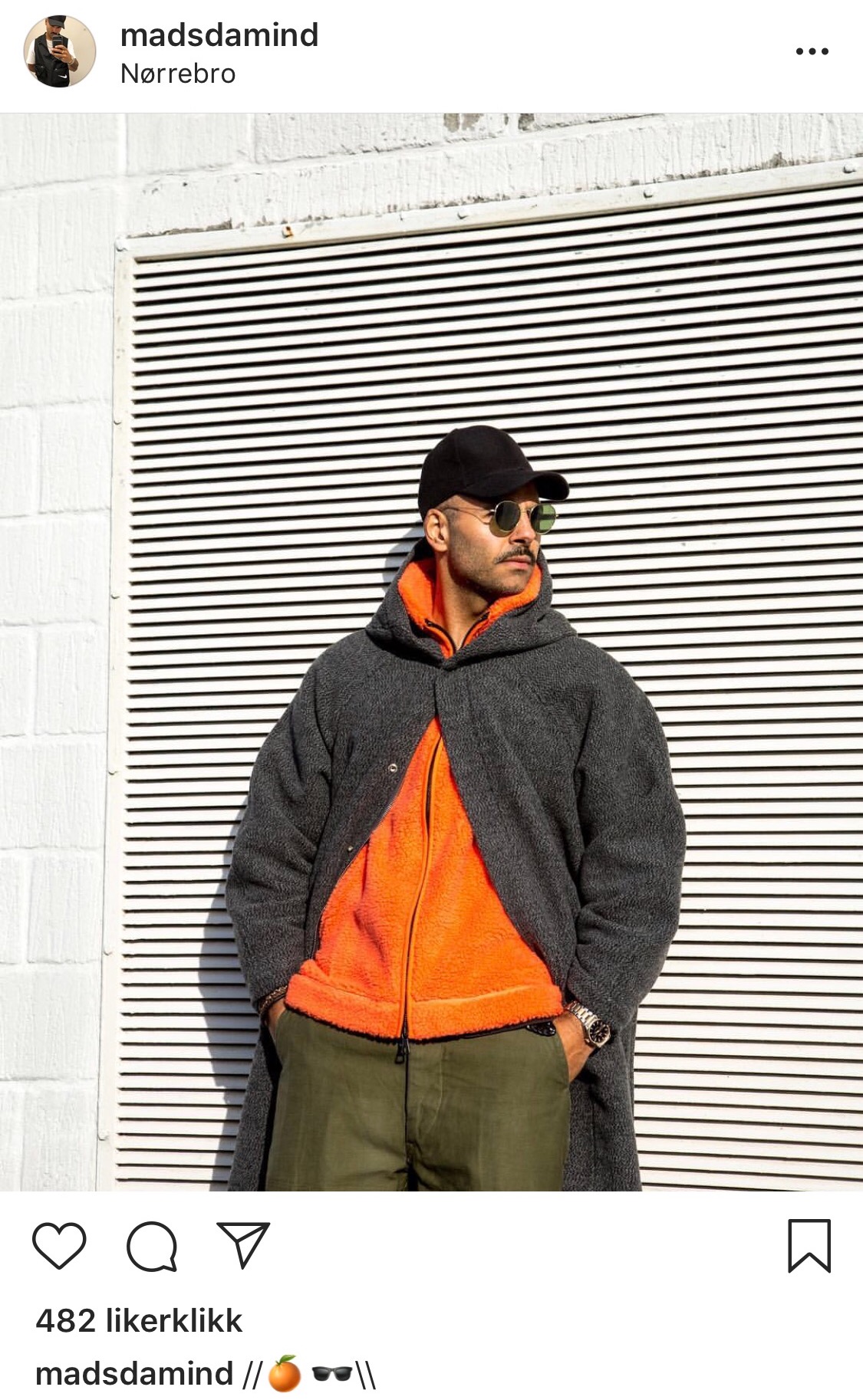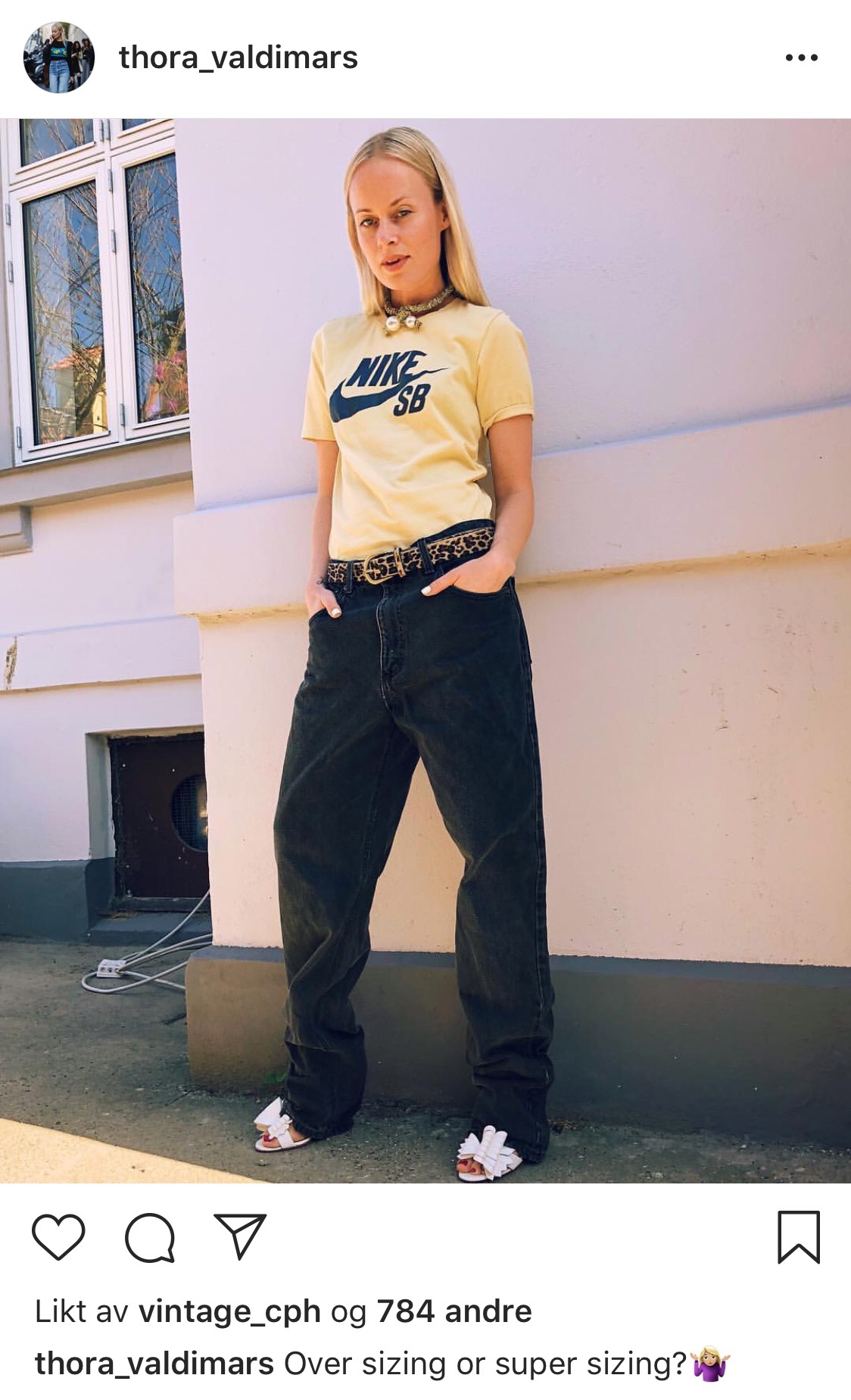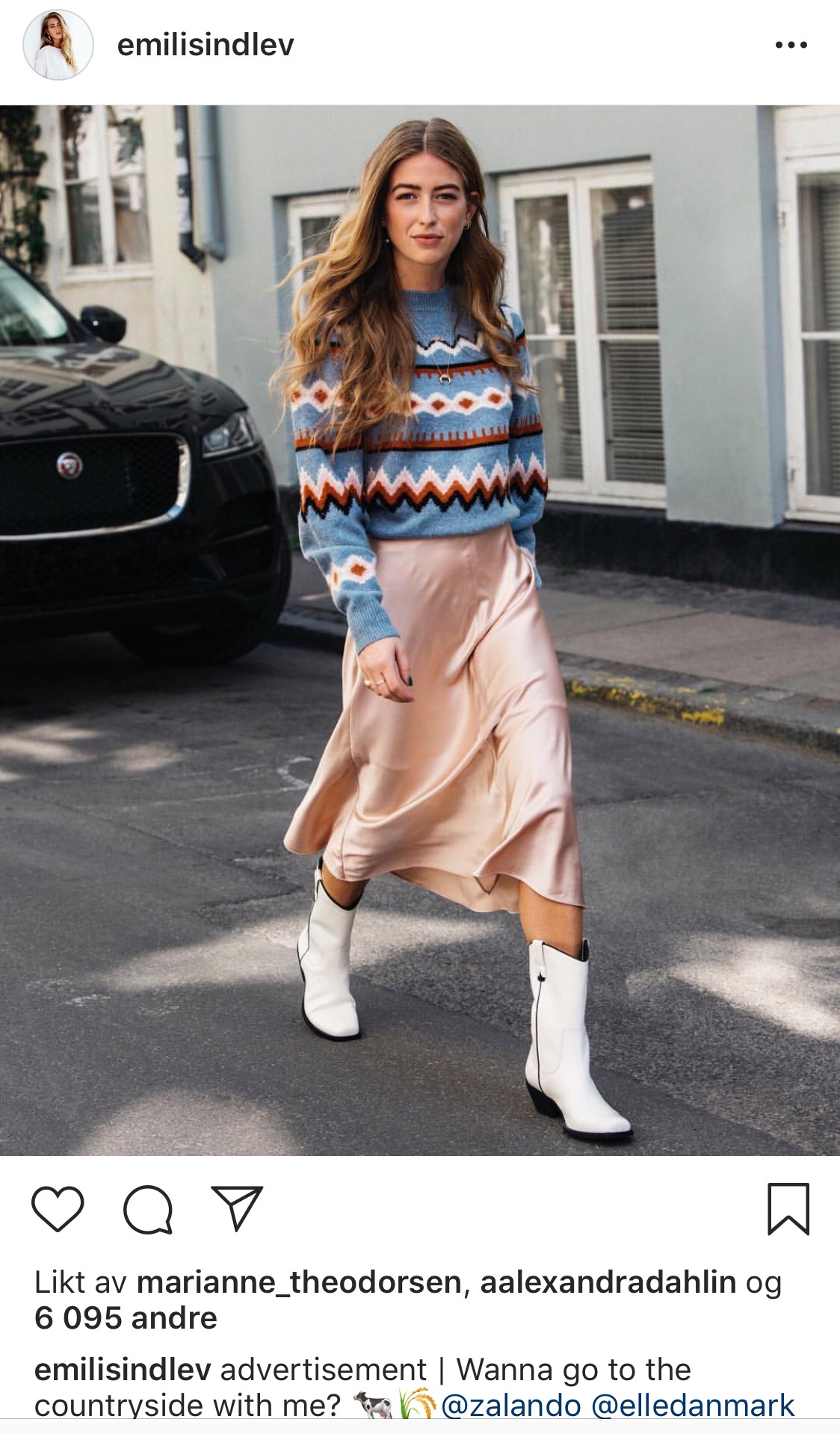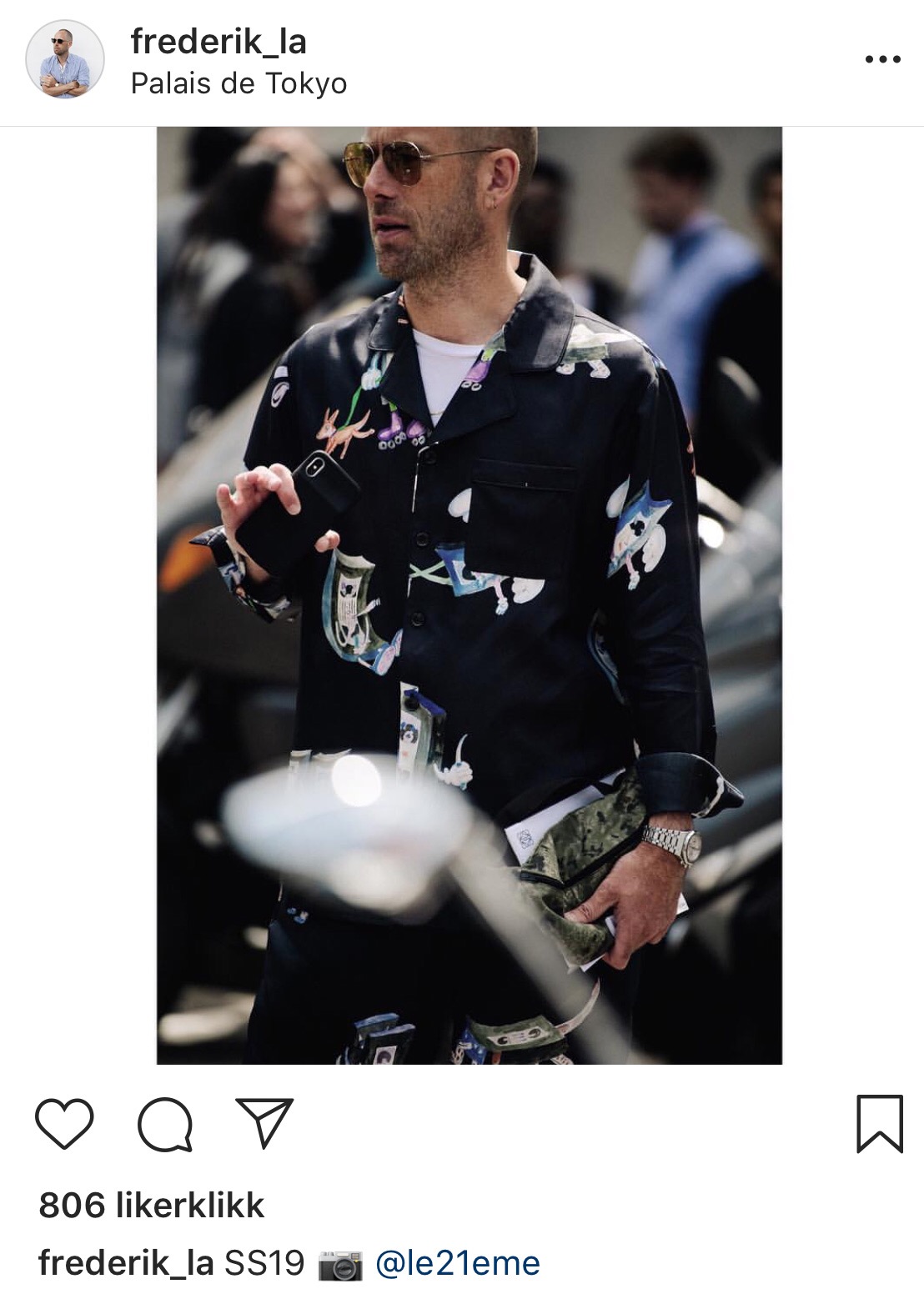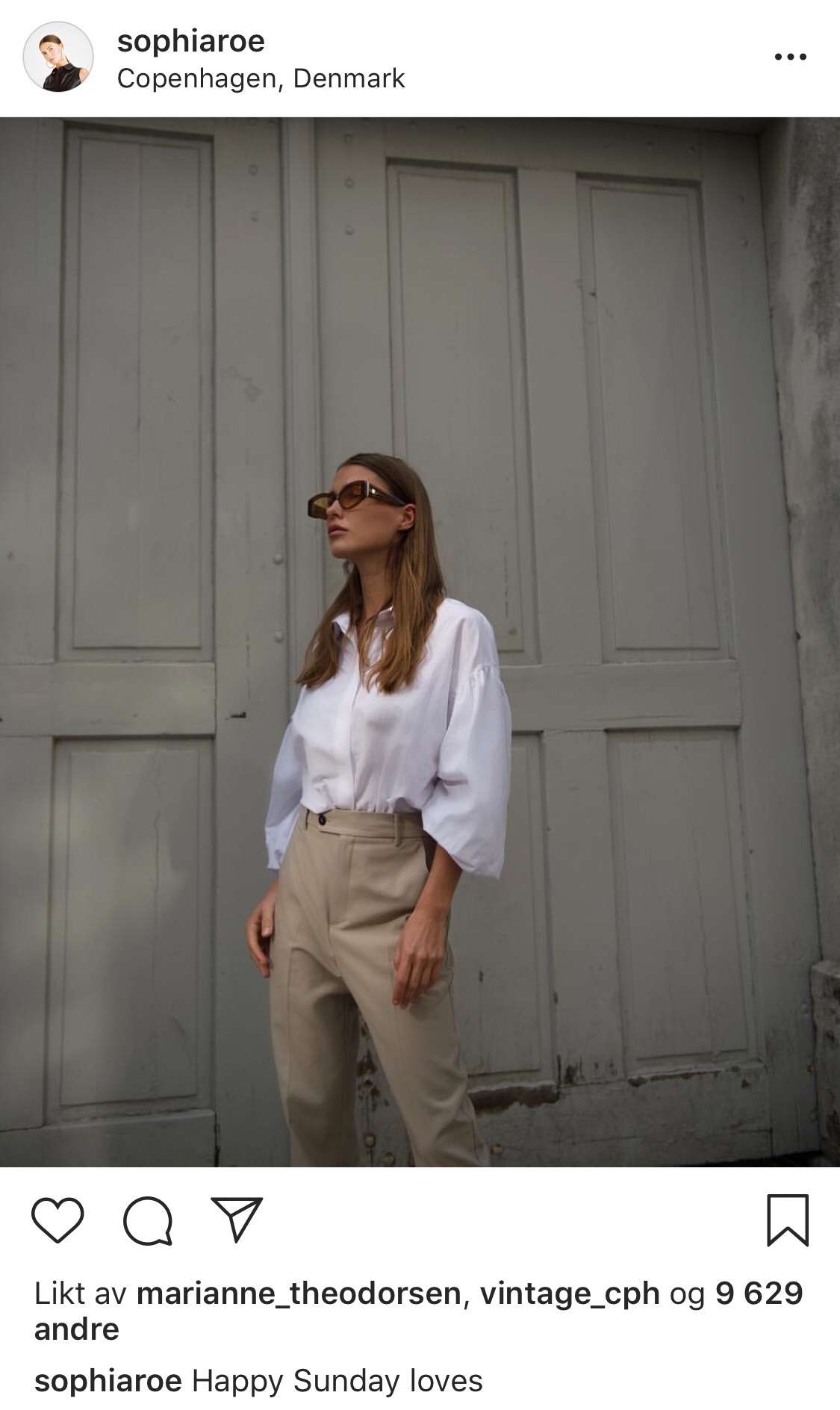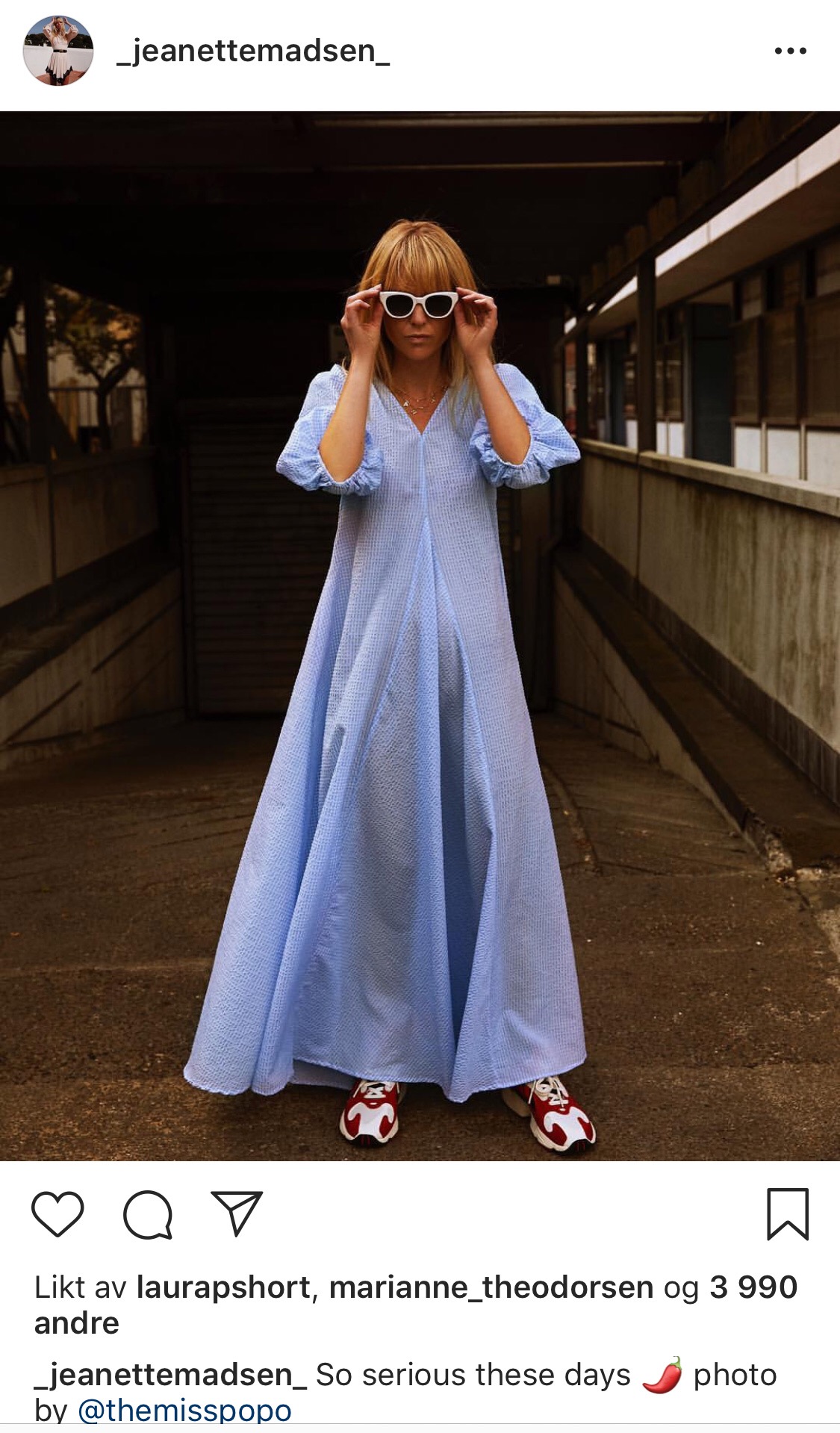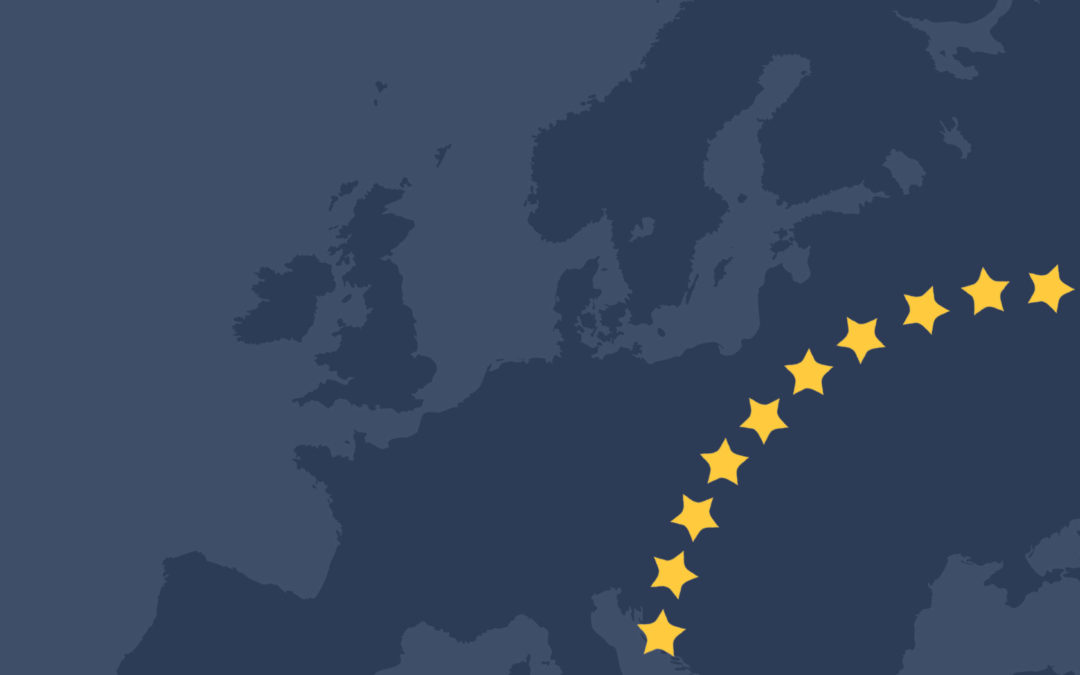VOCAST has been curating lists for the German Fashion and Home Interior sectors for many years now. Due to the high relevance of the German Market for all brands in both segments, we hosted webinars for you to learn more about the potential of Germany and how to...

Approach Denmark – one of the happiest nations in the world.
Approach Denmark – one of the happiest nations in the world.
Are you expanding into a new market? Or pitching your story to a magazine? Or are you simply working on a marketing strategy to help you succeed in the Danish market. Look no further – we have what you need to know, along with the most noteworthy fashion profiles.
Denmark is considered to be one of the happiest nations in the world; synonymous with a laid-back way of living, a sophisticated sense of aesthetics and of course, the concept of ‘hygge’. Picture a warm atmosphere, candles, spending time with friends and family — over some warm æbleskiver and gløgg — that’s hygge.
Denmark is a small country, hence a small media landscape. To gain insight into their press and major social media trends, as well as the best way to navigate Danish culture, check out our video to hear directly from our Founder, Jens Hamborg Koefoed.
Danish Influencers
We also asked Jens, who lives and breathes the Danish fashion and design industry, to namedrop a few ‘ones to watch’, or influential people.
“Thanks to the internet, we now have access to a plethora of people paving the way, making it impossible to narrow down a top 5 or top 10 list of influential people on the fashion radar. But here are a few of my personal favourites within the media scene: Frederik Lentz Andersen from Egmont publishing and Mads Emil Møller Grove from Aller Publishing – two forces within the men’s fashion industry. Emili Sindlev and Sophia Roe are both growing rapidly and working with leading international brands, as well as, Thora Valdimars and Jeanette Madsen, now full time content-creators and stylists, focusing on their own platforms.”
All screenshots are taken from Instagram.
RELATED POSTS
Germany: Why and how to conquer the lifestyle market
Up & Coming Influencers: community curators & social shifters
Up and coming influencers, otherwise known as micro-influencers, are without a doubt one of the most exciting demographics on social media in the eyes of any lifestyle brand. Micro-influencers are usually defined by having a humble number of followers whilst having a...
How content can help your wholesale clients sell more
The most cost-efficient marketing program that all brands can execute with next to zero budget. Across most of the western world, retail has been challenged for years by the Internet leading to the mass closure of many small independent stores. And then came...

